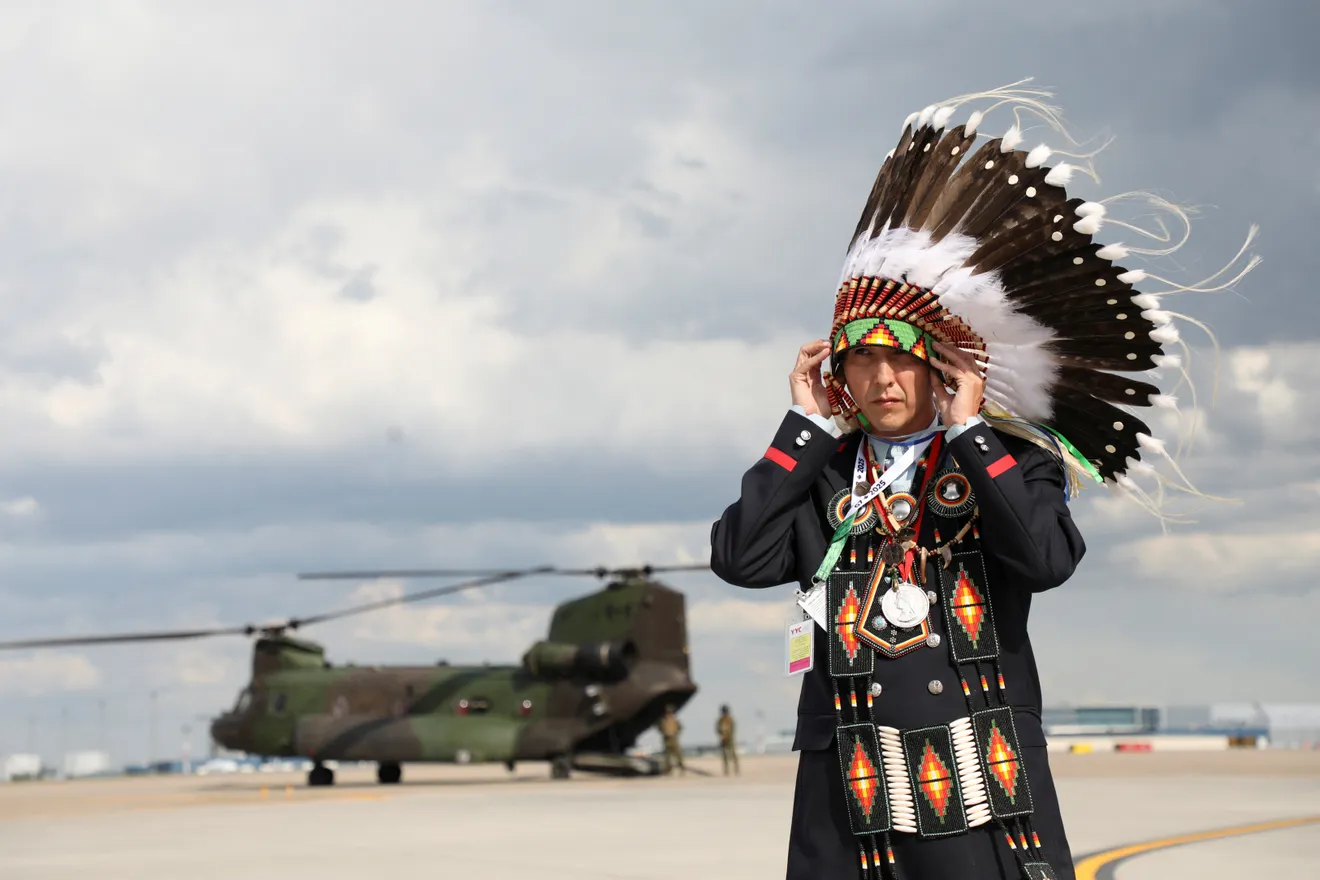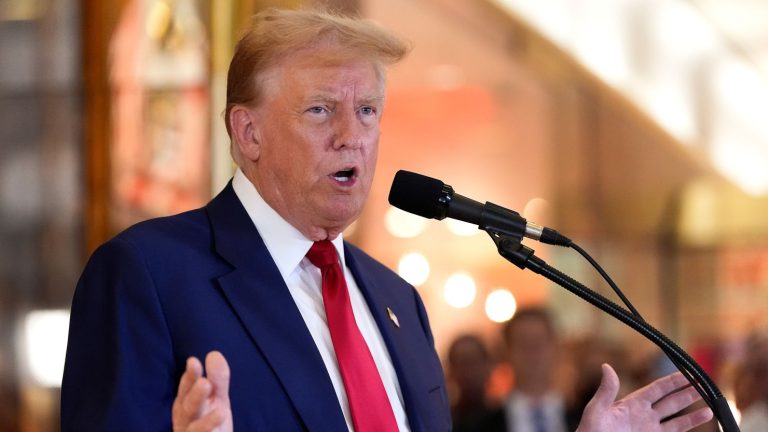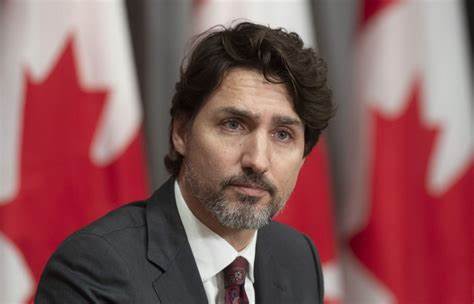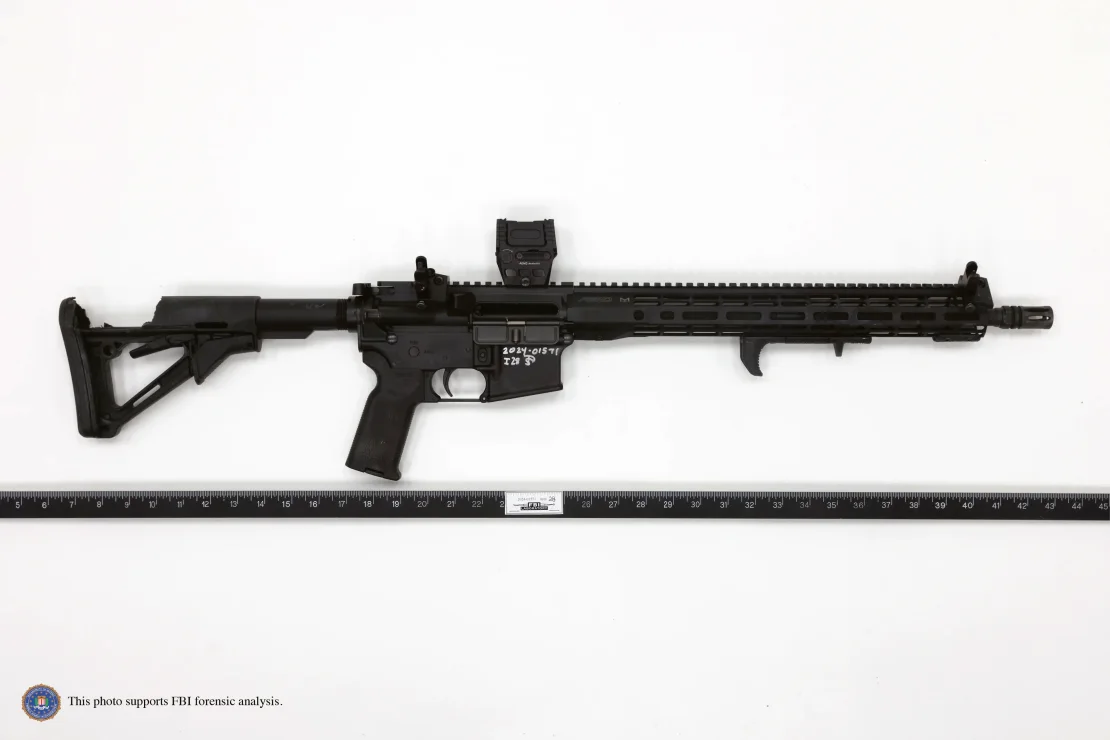G7 Summit in Canada: 5 Big Moments from a Dramatic Week
Canada hosted this year’s G7 summit in Kananaskis, Alberta, with Prime Minister Mark Carney leading the event for the first time. The plan was to focus on trade, technology, and global cooperation. But things quickly changed after a war broke out between Israel and Iran, and U.S. President Donald Trump left the summit early.
Here are five major takeaways from the event:
1. Trump’s Sudden Exit
President Trump surprised everyone by leaving the summit early to return to Washington, D.C., due to the war between Israel and Iran. His decision meant he missed important meetings with leaders from Ukraine, Australia, and Mexico.
Even though his exit changed the mood, other leaders, including Carney and France’s President Emmanuel Macron, said they understood. Some observers said things seemed more relaxed after Trump left, as leaders weren’t as tense.
2. Middle East Conflict Takes Over
The war between Israel and Iran quickly became the top concern at the summit. It pushed the original agenda aside, as leaders focused on how to respond.
Eventually, the G7 countries (Canada, the U.S., U.K., France, Germany, Italy, and Japan) released a statement asking for a “de-escalation of hostilities,” especially in Gaza, though they didn’t directly ask for a ceasefire between Israel and Iran.
Trump and Macron argued over who was really pushing for peace. Still, the group showed a united front on calling for calm in the region.
3. Diplomacy and Difficult Conversations
Ukrainian President Volodymyr Zelensky got more aid from Canada, but there was no strong joint G7 statement about the war in Ukraine. Some reports said the U.S. blocked tougher language.
Carney said there was agreement, pointing to a statement showing G7 support for Ukraine and pressure on Russia.
Carney also met with India’s Prime Minister Narendra Modi, which was sensitive because of tensions over a Sikh leader’s killing in Canada. But both countries agreed to restart some diplomatic services.
4. Trade Talks Take Center Stage
Carney and Trump met to discuss trade. They’re trying to end a tariff fight between the U.S. and Canada. Carney wants a more complex agreement, while Trump prefers using tariffs. Still, both sides agreed to try to reach a deal in the next 30 days.
Carney also met with other leaders to talk about trade and reduce Canada’s reliance on the U.S. The EU said it’s close to a defence deal with Canada, which wants to buy less American-made military equipment.
5. Trump Pushes for His Own Trade Wins
Trump used the summit to work on trade deals. While he didn’t strike a new deal with Canada or Japan, he did finalize parts of an agreement with the U.K.
Japan’s leader said talks were close but not done, and the EU also said it’s working toward a deal with the U.S. Trump has set a July 9 deadline to finish several trade agreements, adding pressure to get results soon.
Final Thoughts
Even with surprises and conflict, Carney still walked away with progress on important topics like artificial intelligence, quantum computing, wildfires, and critical minerals. Experts said his approach was detailed and focused — showing his background in banking helped him lead a challenging summit.



